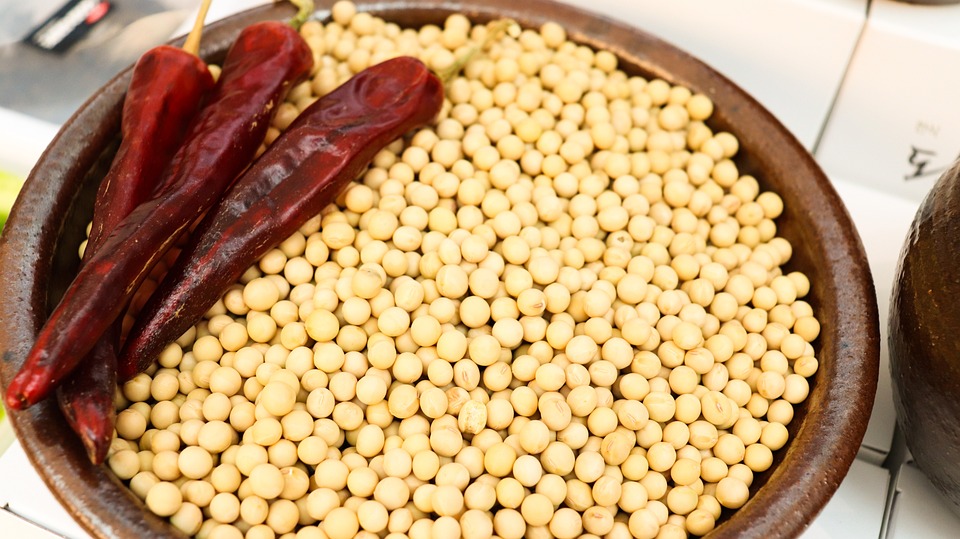[ad_1]
Miso is a traditional Japanese seasoning produced by fermenting soybeans with salt and koji (a type of fungus). It is a paste that is commonly used in Japanese cuisine, adding a rich, savory flavor to a variety of dishes. Miso is not only delicious but also incredibly versatile and nutritious, making it a staple in Japanese cooking.
Versatility of Miso
Miso can be used in a wide range of dishes, from soups and marinades to dressings and glazes. It adds depth and complexity to the flavor of dishes and can be used to enhance both savory and sweet flavors. Miso is also a key ingredient in traditional Japanese dishes such as miso soup, a popular and comforting dish made with miso paste, dashi broth, tofu, and seaweed. It can also be used as a condiment on its own, adding a burst of umami flavor to a dish.
Nutritious Qualities of Miso
Aside from its delicious taste and versatility, miso is also packed with nutrients. It is a good source of protein, B vitamins, and minerals such as manganese, zinc, and copper. Miso is also a probiotic food, containing beneficial bacteria that can support gut health and improve digestion. Additionally, the fermentation process used to make miso can increase the bioavailability of certain nutrients, making them easier for the body to absorb.
Health Benefits of Miso
Due to its nutrient-dense nature, miso offers a variety of health benefits. The probiotics in miso can help support a healthy gut microbiome, which is linked to overall health and wellbeing. Miso is also a good source of antioxidants, which can help protect the body from oxidative stress and reduce the risk of chronic diseases. Some studies have even suggested that regularly consuming miso may help lower the risk of certain types of cancer and cardiovascular disease.
Conclusion
Miso is a versatile and nutritious ingredient that has been a staple in Japanese cuisine for centuries. Its rich, savory flavor can enhance a wide variety of dishes, and its nutrient-dense profile offers a range of health benefits. Whether used in soups, marinades, dressings, or as a condiment, miso adds depth and complexity to the flavor of dishes while providing a significant nutritional boost. Including miso in your cooking repertoire can elevate the taste and health profile of your meals, making it a valuable addition to any kitchen.
FAQs
1. Is miso gluten-free?
Typically, miso is gluten-free, as it is made from fermented soybeans, salt, and koji. However, some varieties of miso may contain grains such as barley or wheat, which would make them not gluten-free. It’s important to check the ingredients list and choose a miso that is labeled as gluten-free if needed.
2. How should miso be stored?
Miso should be stored in the refrigerator to maintain its quality and freshness. It can be kept in an airtight container to prevent it from drying out or absorbing other flavors from the fridge.
3. Can miso be used in non-Japanese cuisine?
While miso is a traditional Japanese ingredient, it can certainly be used in non-Japanese cuisine to add depth and umami flavor to a variety of dishes. It pairs well with both savory and sweet flavors, making it a versatile addition to any type of cuisine.
4. How long does miso last?
When stored properly in the refrigerator, miso can last for an extended period of time – often up to a year or more. It may darken in color and develop a stronger flavor over time, but it is still safe to consume as long as there are no signs of spoilage.
5. Can miso be frozen?
Yes, miso can be frozen to extend its shelf life. It is best to portion it out into smaller amounts and freeze in an airtight container. When ready to use, simply let the frozen miso thaw in the refrigerator before incorporating it into your dish.
[ad_2]




Comments